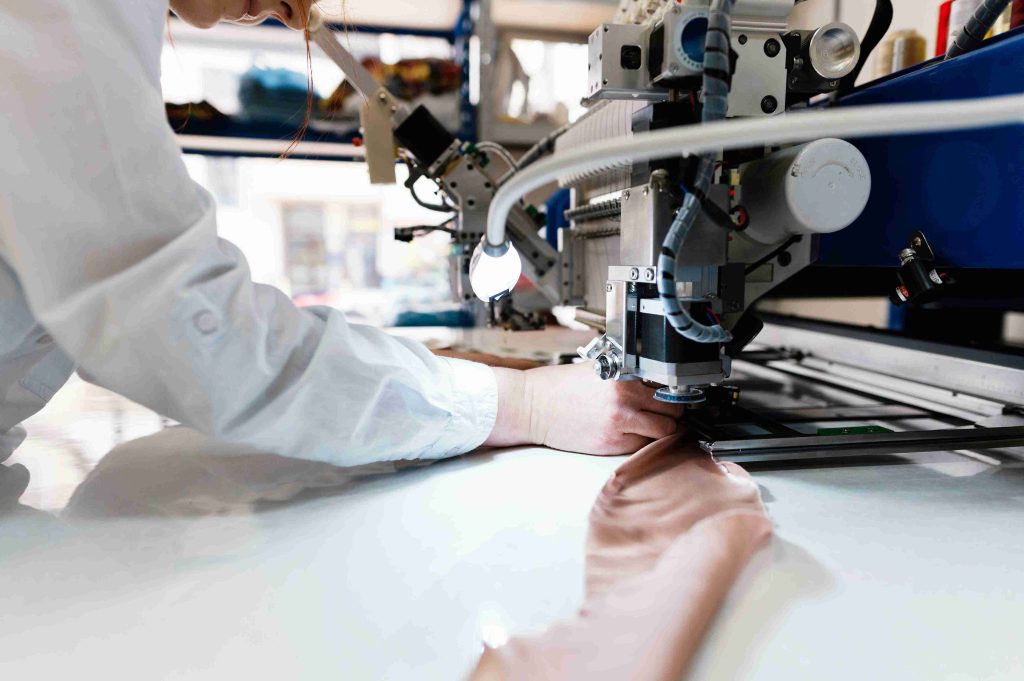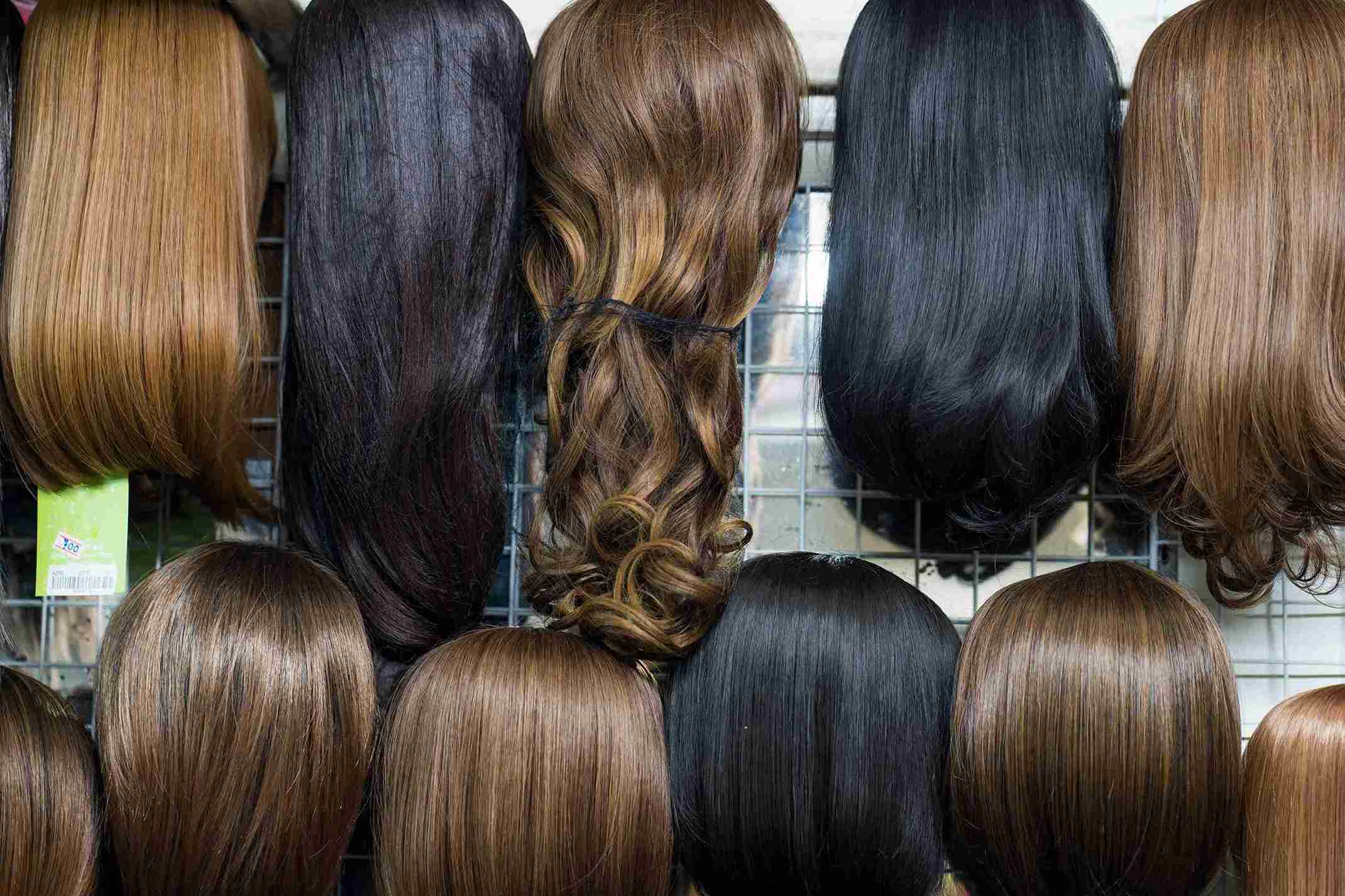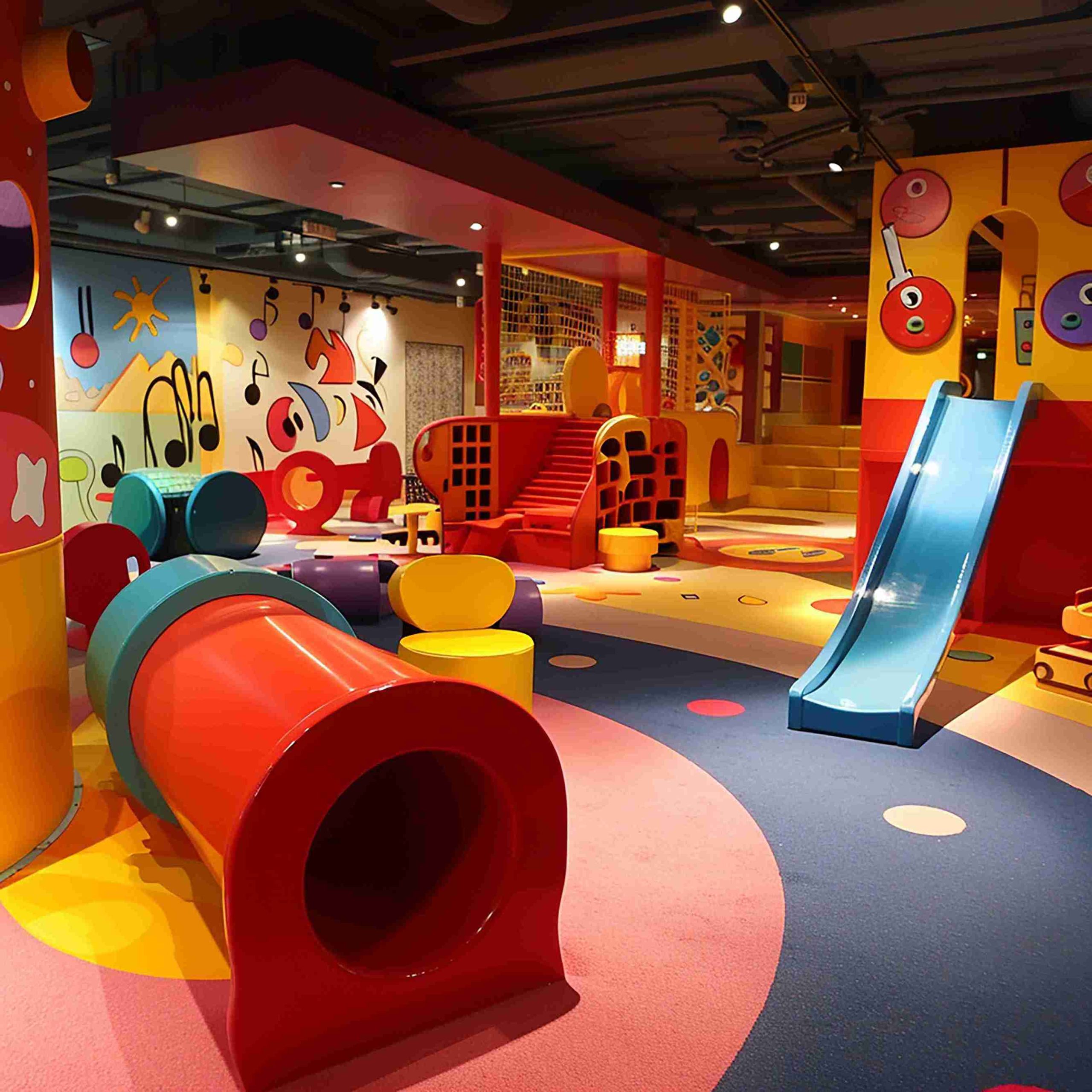Textile craftsmanship is undergoing a fundamental shift, driven by sustainability concerns and advanced automation. It may not come to your mind that industrial embroidery has anything to do with environmental advancement, but it is true according to recent advancements. As embroidery machines become increasingly sophisticated, their compatibility with eco-friendly materials like recycled polyester fabric is creating a new frontier for apparel and textile manufacturers.
This shift is not only transforming production methods, but also is having an impact on design flexibility, cost-efficiency and environmental responsibility. So what does this union of high-tech stitching and green fabric imply to the future of fabric-based industries?
The Evolution of the Embroidery Machine in Modern Textile Manufacturing:
Over the past few decades, the embroidery machine has evolved from a manual, labor-intensive apparatus into a high-precision computerized system capable of handling thousands of stitches per minute. This technological breakthrough has greatly increased the use of embroidery in the fashion, home decor and promotional items.
Today’s embroidery machines are equipped with advanced software, multiple needle settings, automatic thread cutters, and digitizing tools. These aspects enable the manufacturers to create a complex design at high speed but without compromising the accuracy. Machine embroidery no longer has to be on traditional cotton or silk fabrics; it now supports a huge range of substrates including technical textiles and green fabrics.
The trend also brings with it improved efficiency of operations. Digital production lines are increasingly augmented with machines where designs can be uploaded remotely, machine behavior can be monitored on IoT devices and the troubleshooting process is semi-automated. This efficiency boost is vital as the manufacturers keep up with the altering market demands, particularly in regard to sustainability procedures.
Recycled Polyester Fabric: A New Standard for Sustainable Textiles
Recycled polyester fabric, typically derived from post-consumer plastic waste such as PET bottles, is rapidly becoming a preferred material in sustainable apparel production. In comparison to traditional polyester, which is made of petroleum, recycled polyester helps to cut the use of fossil fuels by a substantial margin and decreases the production of greenhouse gases.
There are a number of practical advantages of this fabric. It has the strength, durability, and wrinkle resistance of virgin polyester with the drastic reduction of environmental impact. With companies across the world making the commitment to minimizing carbon footprint and shifting towards the circular business models, recycled polyester has become one of the viable alternatives to the traditional synthetic fibers.
There are however challenges associated with this fabric particularly in compatibility with automated textile machinery. The fiber is recycled and this may cause minor discrepancies in texture or thread tension and this imposes certain requirements on the machines used in embroidery or any other value-added process.
Adapting Embroidery Machines for Eco-Friendly Textile Applications:

The integration of recycled polyester fabric into mass production settings has required embroidery machine manufacturers to adapt their technology accordingly. Recycled polyester is not as easily embroidered as other more traditional cotton or even standard polyester/blends. The fiber structure and the tensile strength of the fabric might not be the same as its recycled nature, and the machines will have to be more precise and flexible.
Modern embroidery machines now feature tension adjustment systems, fabric sensors, and customized hooping mechanisms that can detect subtle shifts in material behavior. These functions make embroidery threads end up in the correct position without skipping a stitch or breaking the thread, which may be more frequent in recycled fabrics.
In addition, the real-time calibration can be done depending on the type of material using software updates. Other machines are now fitted with presets especially designed to work with eco-fabrics to assist operators to ensure they are maintaining quality without necessarily having to intervene a lot. For brands using recycled polyester fabric in large-scale production—such as sportswear manufacturers or eco-conscious fashion labels—this level of compatibility ensures that sustainability doesn’t compromise aesthetic or structural integrity.
In fact, embroidery machines designed for recycled fabrics can help reduce overall waste. Less printing mistakes, less waste of threads and less trial-and-error in the manufacturing process means more efficient utilisation of resources which is also a key indicator in sustainable supply chains.
The Crossroads of Design Innovation and Environmental Responsibility:
The convergence of embroidery machine technology with recycled polyester fabric doesn’t merely serve production goals—it also expands the possibilities of creative design. Designers have the ability now to create complex logos, patterns and texture on more sustainable fabrics without the constraints that early experiments of eco-textiles were subjected to.
This synergy aids branding goals of firms who want to match the beauty with the good. The brands are trying to communicate sustainability in marketing as well as in the actual product. Embroidery gives clothes a luxurious, sensory touch and incorporating recycled polyester gives a sense of eco-responsibility as well as craft.
This possibility to mix short-run embroidery with eco-materials also gives a chance to empower smaller businesses and independent designers. They are no longer restricted by minimum order quantities to produce high quantities of a product or limited machine settings; hence they can produce customized, sustainable products without sacrificing quality.
Conclusion:
The relationship between the embroidery machine and recycled polyester fabric represents more than just technical compatibility—it symbolizes a growing commitment to sustainable innovation across the textile industry. It is not just a matter of improving the quality of the products since when manufacturers install embroidery systems to operate effectively with eco-friendly materials, they are also enforcing environmentally friendly activities.
Embroidery machines that accommodate recycled fabrics help brands meet these demands while also opening new avenues for creative expression and supply chain efficiency.
As the textile industry is still moving towards more environmentally friendly options, the combination of sophisticated embroidery technology with recycled polyester is establishing a new trend, where sustainability and opulence are no longer mutually exclusive but, instead, are actually collaborating to redefine the fabric of modern manufacturing.




